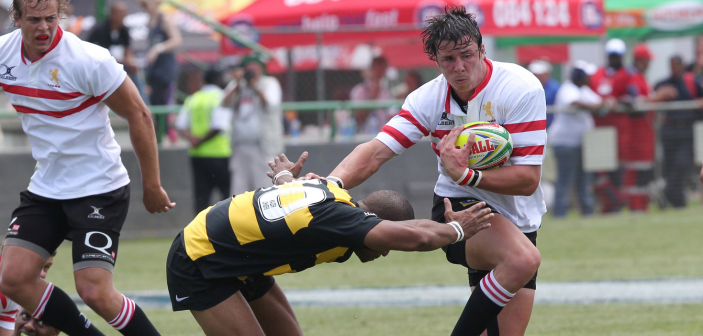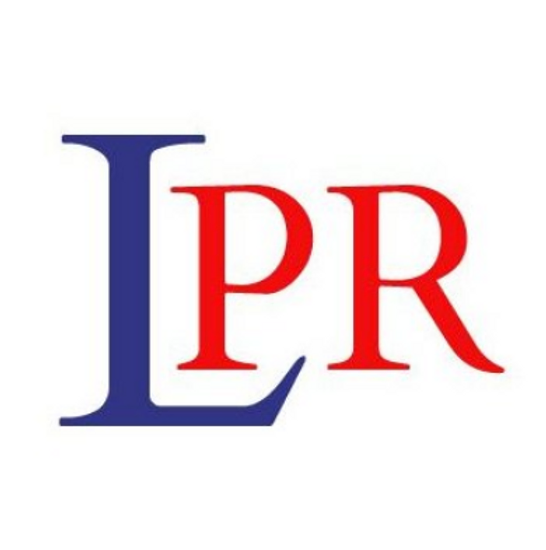This article was originally published on Claims Media.

Stephen Bellingham, Head of Claims Strategy at Pro Global, investigates how litigation could impact how certain sports are played in the future:
Recent litigation in the USA has shone a spotlight on the risks associated with contact sports, but fewer people may be aware of similar legal actions now emerging in England and Wales.
These lawsuits allege that sports governing bodies have failed to protect professional athletes from neurological conditions, allegedly resultant from repeated concussive and sub-concussive impacts experienced during game play and training.
Currently, multi-claimant actions are ongoing in Rugby Union, Rugby League, and professional football, with over 500 claimants to date – a number that continues to grow. The claimants argue that, at the relevant times, these governing bodies had sufficient knowledge of the risks involved and failed to implement adequate measures to prevent injuries or materially reduce the risk.
The players argue that it’s not about avoiding all head impacts, but that they were exposed to far too many, sometimes in a very short period. They claim this has caused serious conditions like post-concussion syndrome, chronic traumatic encephalopathy (CTE), and early-onset dementia.
The organisations involved deny all the claims and strongly defend their actions.
What’s happening with these legal cases?
When it comes to litigation, procedurally, these actions are moving very slowly, with the first Letter of Claim being issued in December 2020, and all actions have now litigated.
The Court has postponed its decision on issuing formal Group Litigation Orders but is currently managing claimants by their respective sports, while allegations and defenses remain broad, with key elements of disclosure still pending. Things are expected to speed up in 2025, however.
There are several tricky legal issues, and many questions remain unanswered. These organisations have told their insurers about the claims, but there’s still doubt over how these policies might be triggered to provide indemnity. Key questions being debated include:
What did they know, and when?
The claimants have not specified when they believe each governing body became aware of the risks or the nature of the knowledge they allegedly possessed. Given the complex nature of the allegations, they will need to show more than a basic understanding of the risk in order to be successful.
Duty of care
The extent of any duty of care owed will impact whether there has been a breach. The Terms of Reference of each body, and their ability to take protective action will be relevant, and has not yet been fully interrogated.
What could have been done differently?
Even if they had a duty to protect players, the court will consider what, if anything, they could have done to reduce the risk. For example, could they have changed the rules of the game; reduce the number of games played; or enforced longer recovery times after concussions?
Can they establish causation?
Many of the conditions being cited could have multiple possible causes, not just head injuries.
Claimants will need to demonstrate a connection between their condition and the concussive events suffered, but it’s unclear what legal test will be applied.
Can claimants prove the index incidents made a direct contribution to their injury or merely the risk of that injury? If the latter, they may need to extend legal principles.
The court will also look at whether the conditions are “indivisible” (meaning they are entirely caused by head injuries) or “divisible” (meaning the severity of symptoms depends on the number of head impacts). This difference could affect the amount of Damages that might be recovered.
The cases hinge on policy triggers
Issues for insurers and reinsurers remain significant and the policy trigger will determine if, and to what extent, coverage is affected. PL policies invariably were written on a “happening” or “occurring” trigger, raising the question: when did these neurological conditions manifest in legal terms?
Another key point will be medical evidence. The trigger could be the index concussion incidents or later when the neurological symptoms manifested or became inevitable.
In addition, indivisible conditions could result in a single policy trigger, but divisible conditions are likely to have multiple triggers, similar to what we see in abuse scenarios. Multiple triggers will also spread individual claims spend over several primary policies protecting carriers on excess of loss layers and bringing focus to specific contract wordings and opportunities to aggregate claims together.
How this could affect insurance and future sports
The ongoing litigation against sports governing bodies in England and Wales could significantly impact the future of professional sports. These cases challenge how player safety is managed and raise key legal questions around duty of care, foreseeability, and causation. The outcomes may reshape how certain sports are played, and clarify the legal responsibilities of the organisations overseeing them.
For insurers and reinsurers, issues surrounding policy triggers and coverage remain crucial. The resolution of these cases will influence how policies respond to claims related to neurological injuries and will likely shape future risk management for both sports bodies and the insurance industry. With developments expected to accelerate, the results will be pivotal for all involved.

Meet our expert
Name: Stephen Bellingham
Job title: Head of Claims Strategy
Get in touch
To speak to the Pro Global team please feel free to reach out to us at:

Lysander PR
To contact our PR team directly please use the link below



 View Previous
View Previous 